
Having the right information and recipe inspirations can help you work out a way of eating well that suits you and your diabetes management.

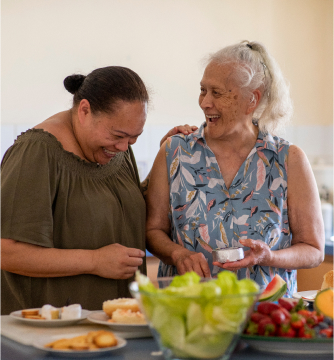

Download our Healthy food choices, Healthy meal ideas, and Eating out fact sheets.
Watch our Healthy cooking video series.
Go to eatforhealth.gov.au to read or download the Australian Dietary Guidelines.


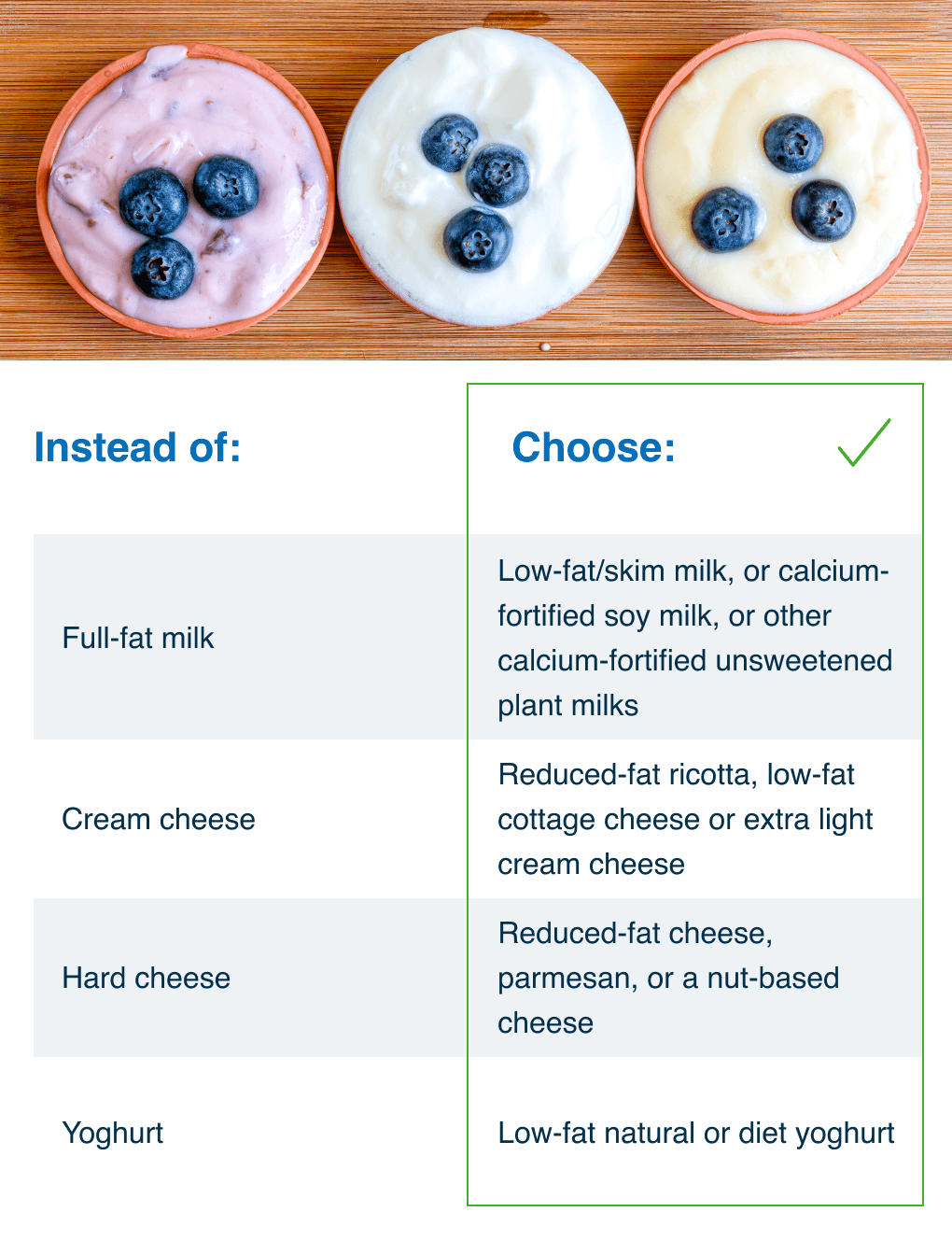
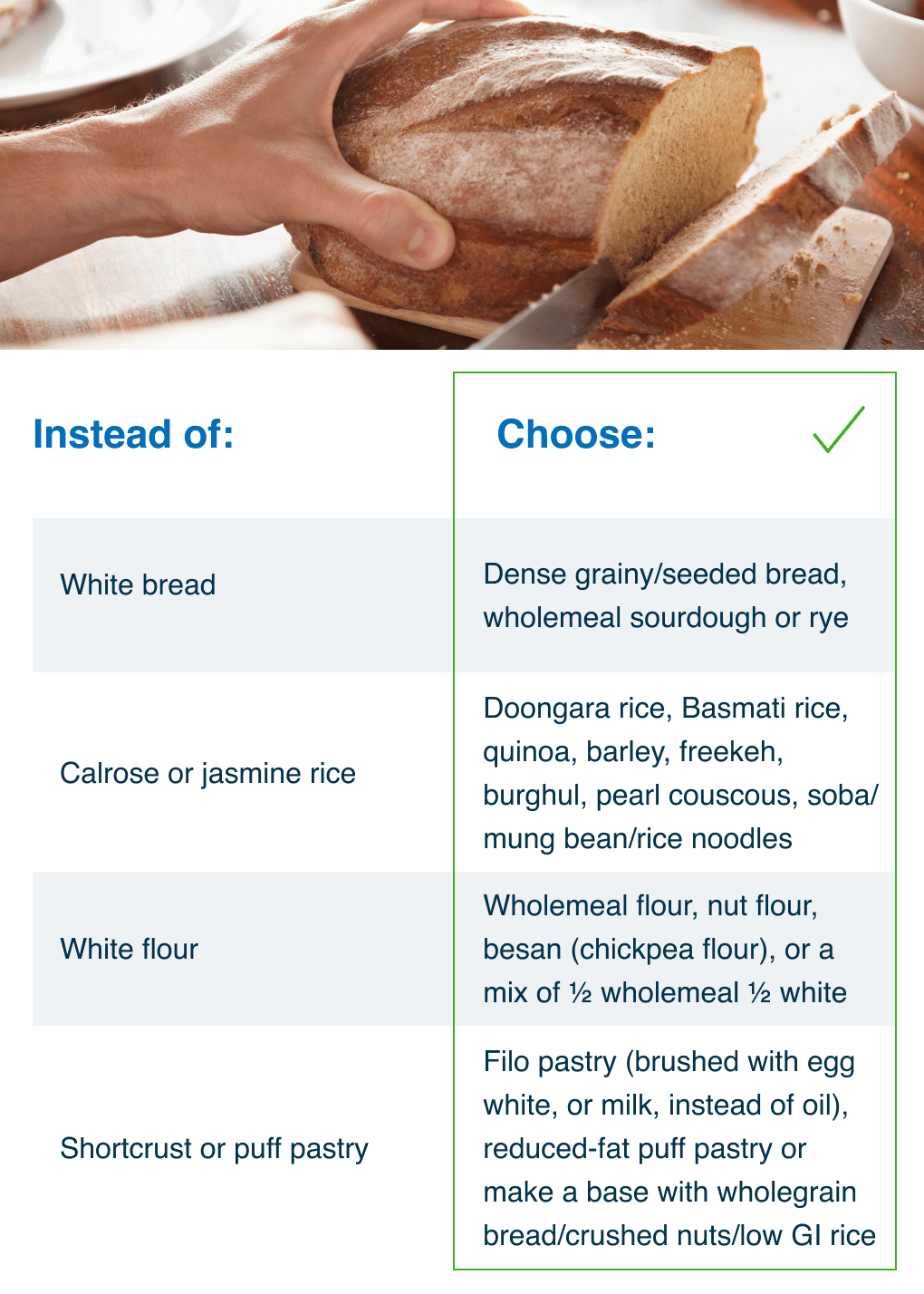
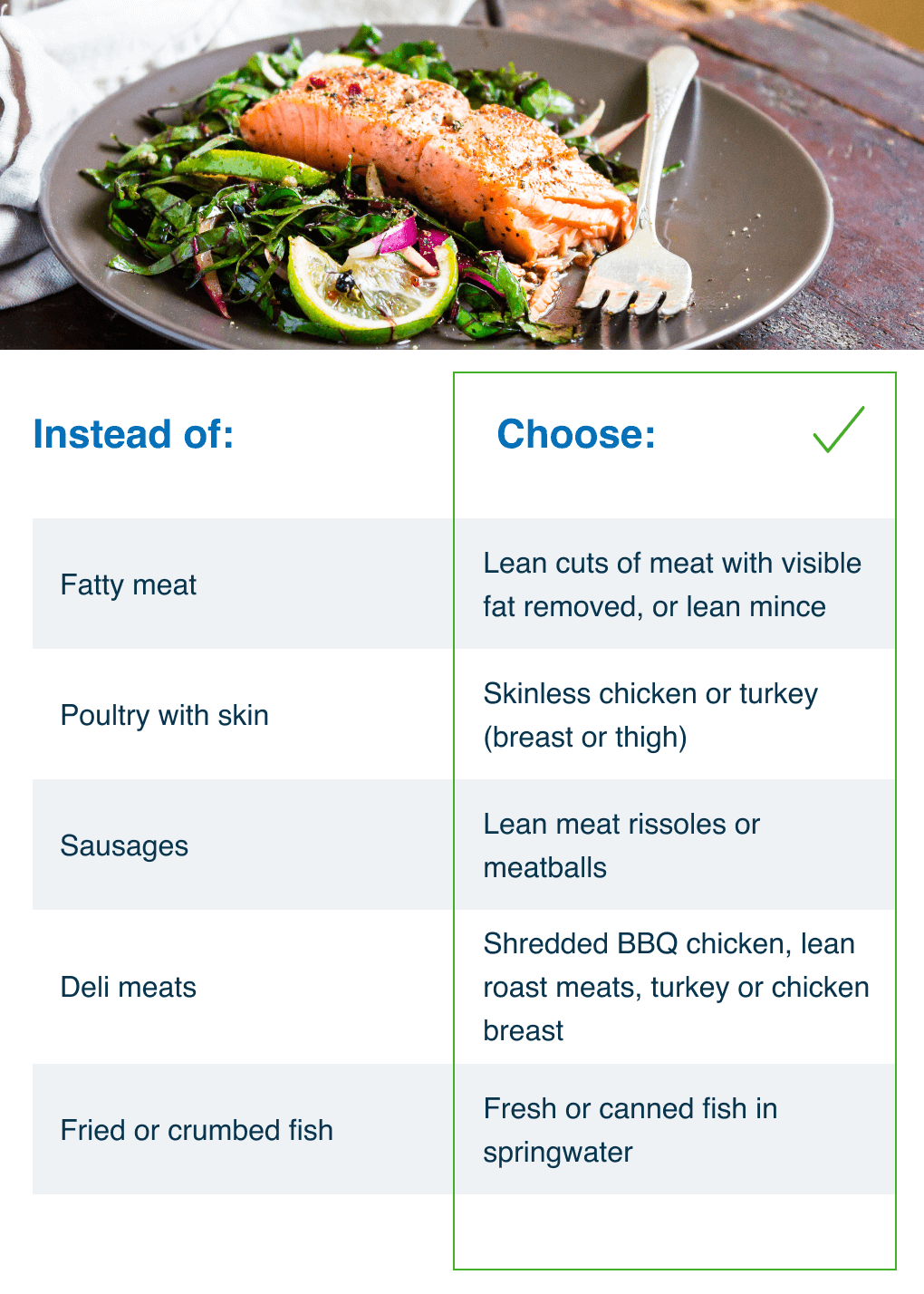

Watch our Healthy cooking video series:
The last step is to choose a serving size that is right for you. Choosing the right serving sizes can help you manage your diabetes and weight.
Step 1
Fill half your plate with vegetables.
Step 2
Fill a quarter of your plate with meat or alternatives (protein).
Step 3
Fill the remaining quarter of your plate with carbs such as bread, pasta, rice or potato.

Read, listen to, or download our:
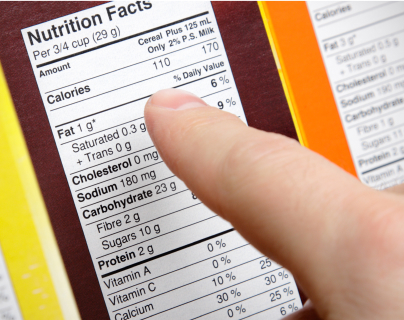
It seems like a healthier option, but it may be using smaller serving sizes to make the calorie/kilojoule count appear lower. Check the serving size and the total number of calories/kilojoule in the product.
What is the proportion of whole grain? “Contains whole grain” doesn’t mean the product is high in whole grain. “High in whole grain” means that the product has at least 16 gram (g) per serve. “Very high in whole grain” means the product has at least 24 g of whole grain per serve.


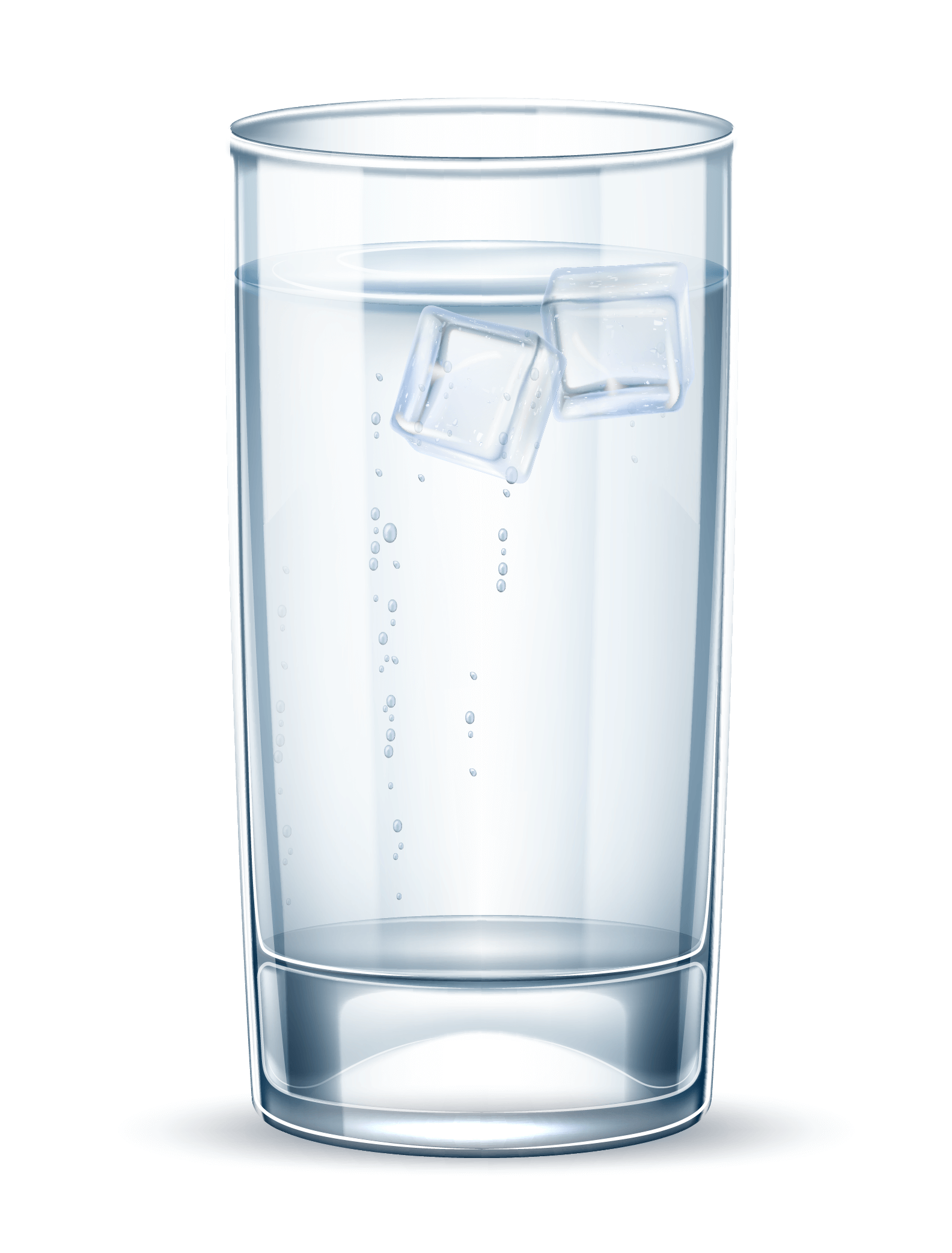

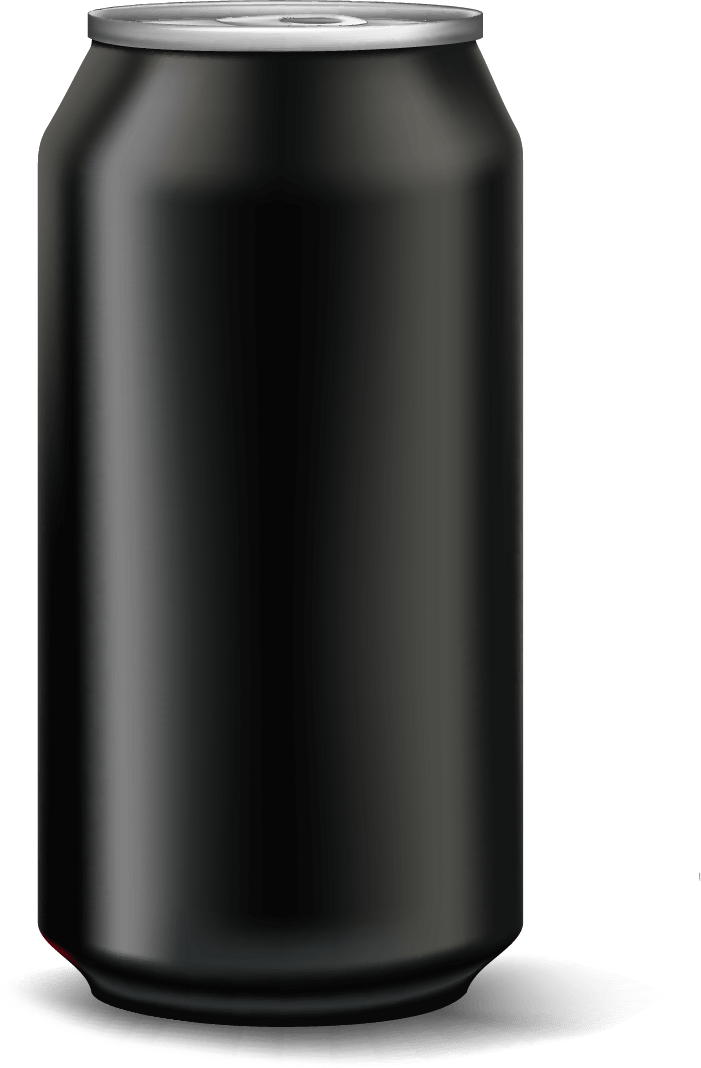
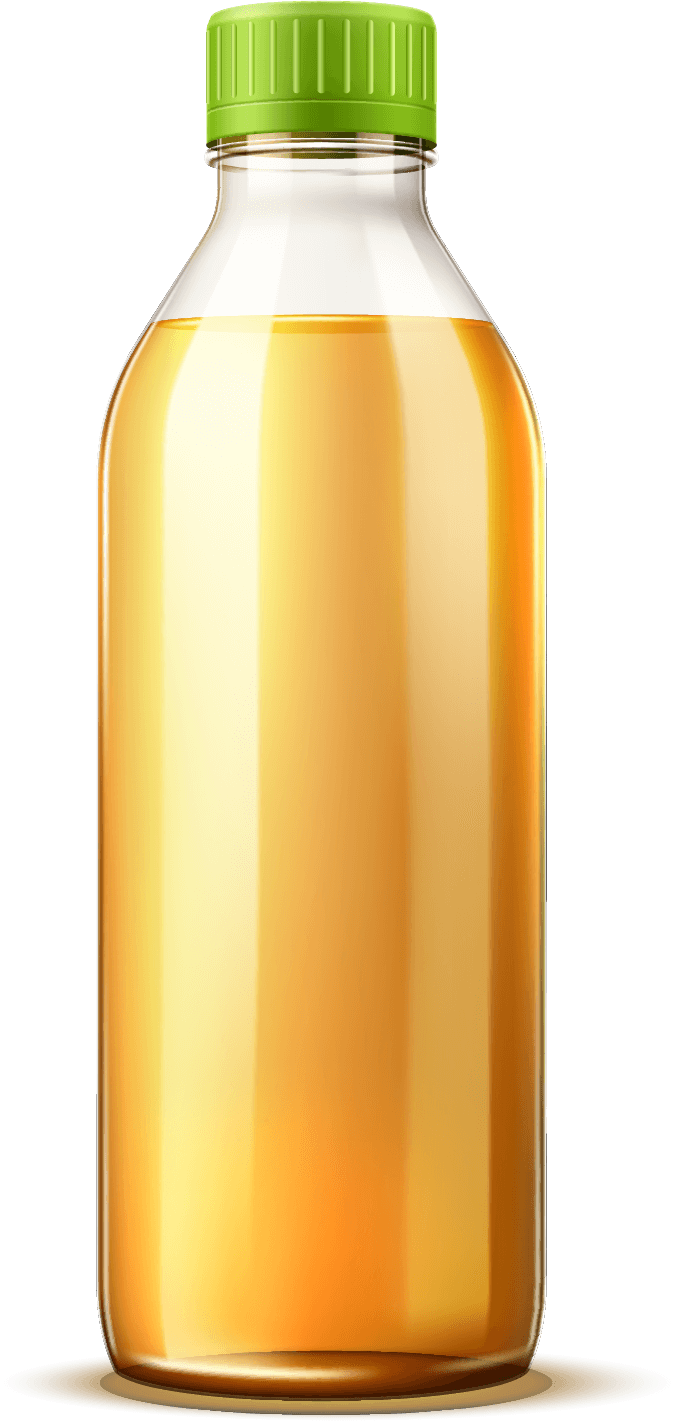

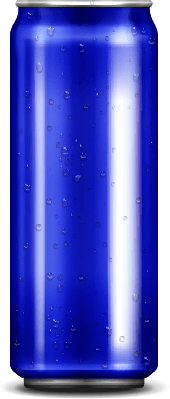
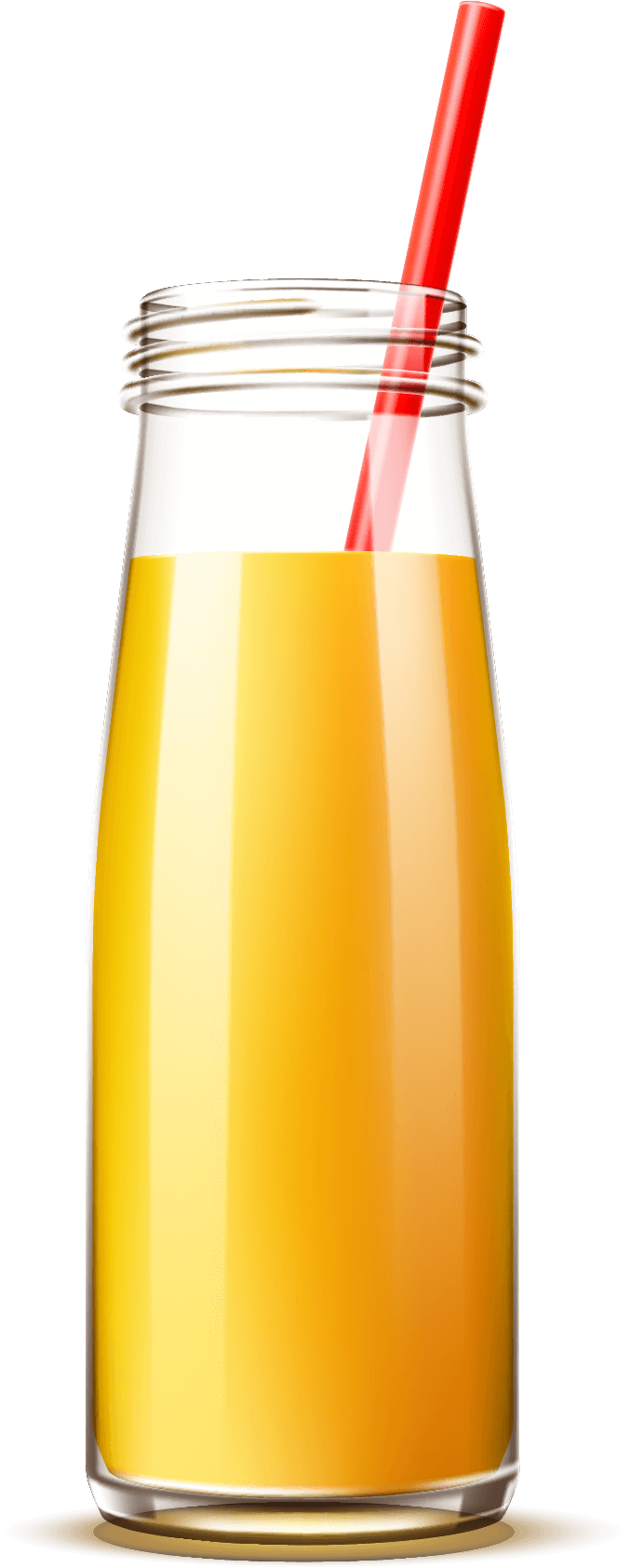



When you’re diagnosed with type 1 diabetes, it can be common to focus on the connection between food and weight. This can become unhealthy. It can have a negative impact on body image and lead to disordered eating or even an eating disorder.
If you’re experiencing any of these problems, you’re not alone.
There are many things you can do to change the relationship you have with food.
Julia, 45, person with diabetes

If you’re experiencing challenges with your relationship with food or body image, there’s help available. It’s always a good idea to discuss your concerns with your GP and other health professionals. They’re here to help you, and they will not judge you for the way you’re feeling.
You might like to talk to a psychologist or psychiatrist. These health professionals are best placed to make an assessment and provide treatment for disordered eating.
Support from a dietitian experienced in treating disordered eating and diabetes can be an important part of recovery.

Having type 1 diabetes can be really challenging. Don’t be too hard on yourself. Take one day at a time. You may face some setbacks, but that’s okay — keep going and have confidence in how you’re managing your diabetes.
Seek help if you need it.
Go to ndss.com.au, email [email protected] or call NDSS Helpline 1800 637 700 and ask to speak to a dietitian.
Go to the Australian Psychological Society website.
Go to Dietitian’s Australia or go to healthdirect to find a dietitian in your local area, or call the NDSS Helpline 1800 637 700 and ask to speak to a dietitian.